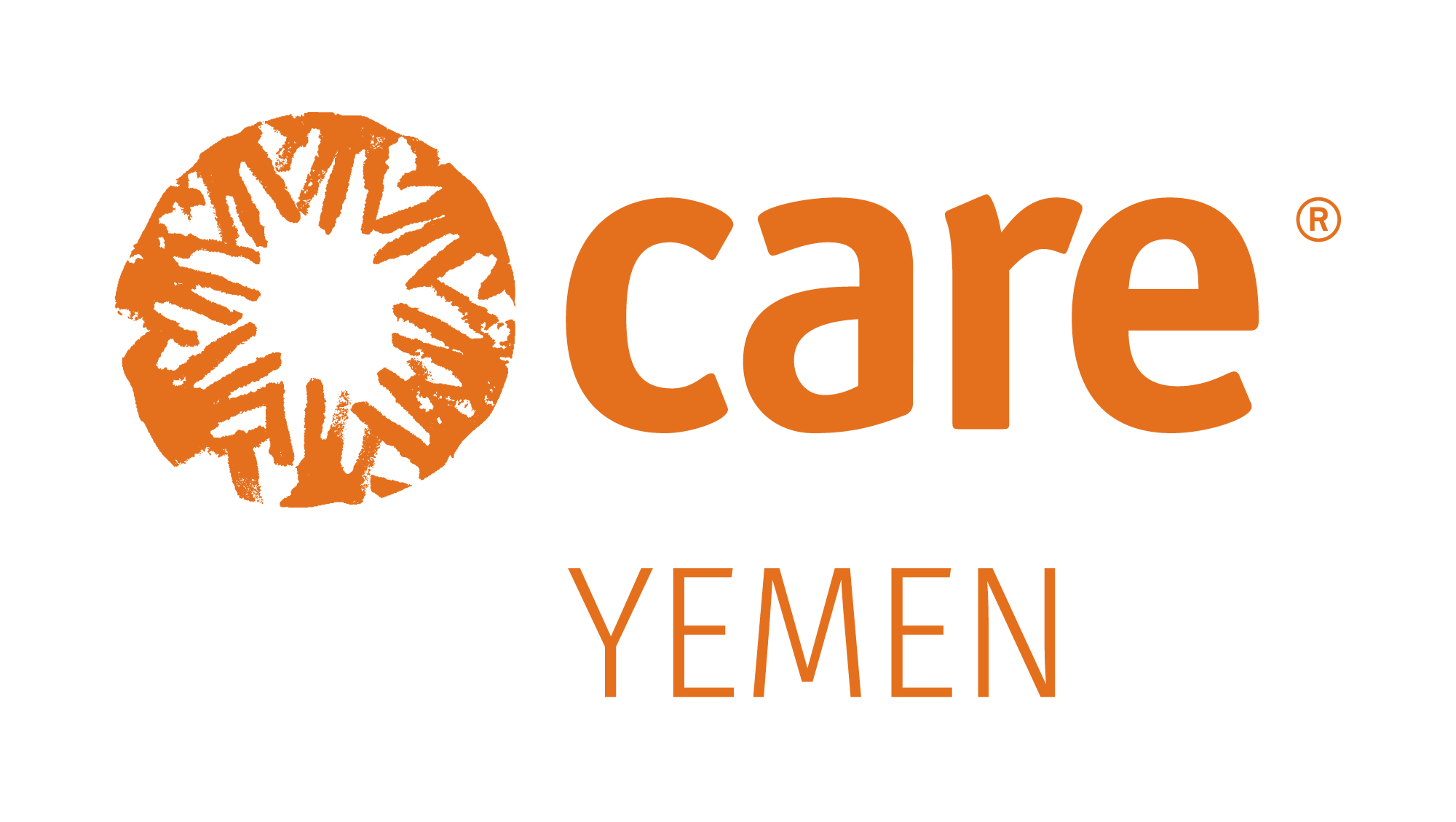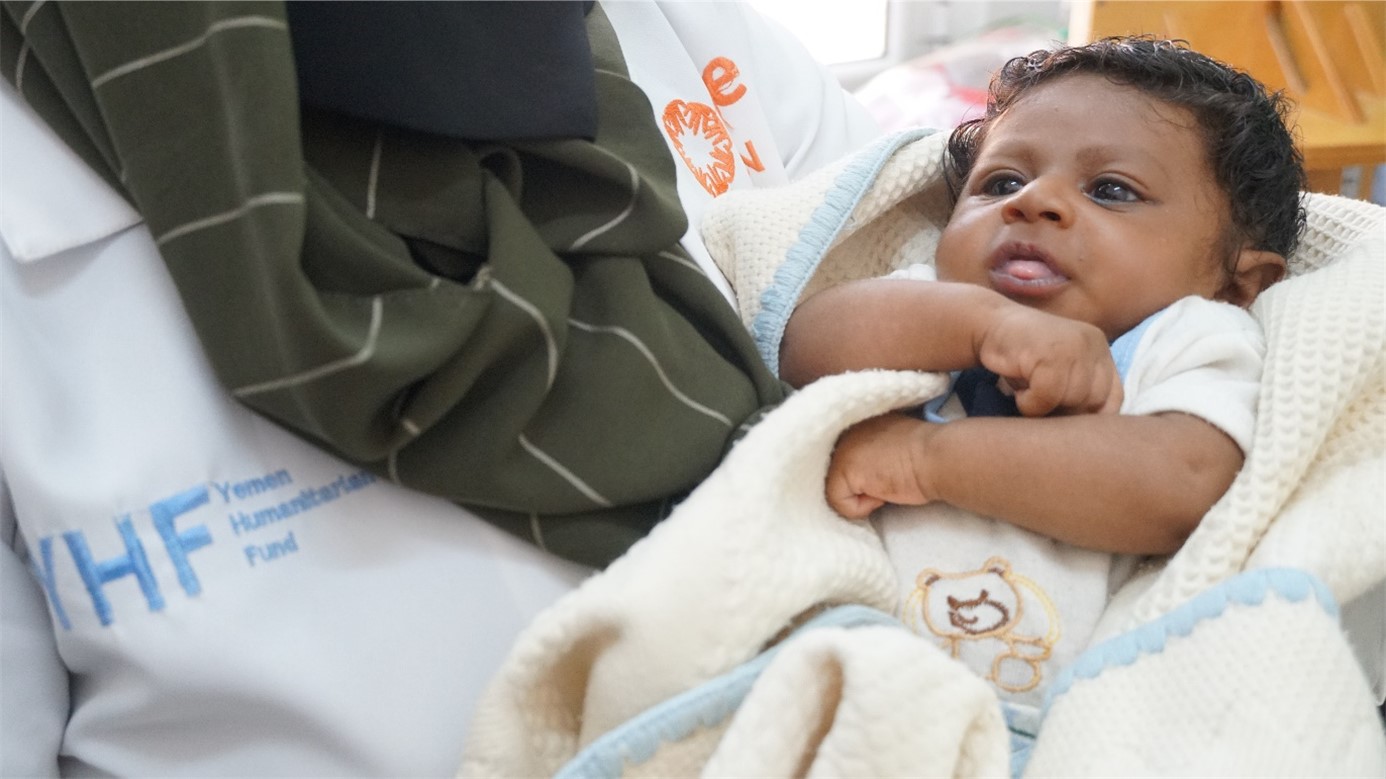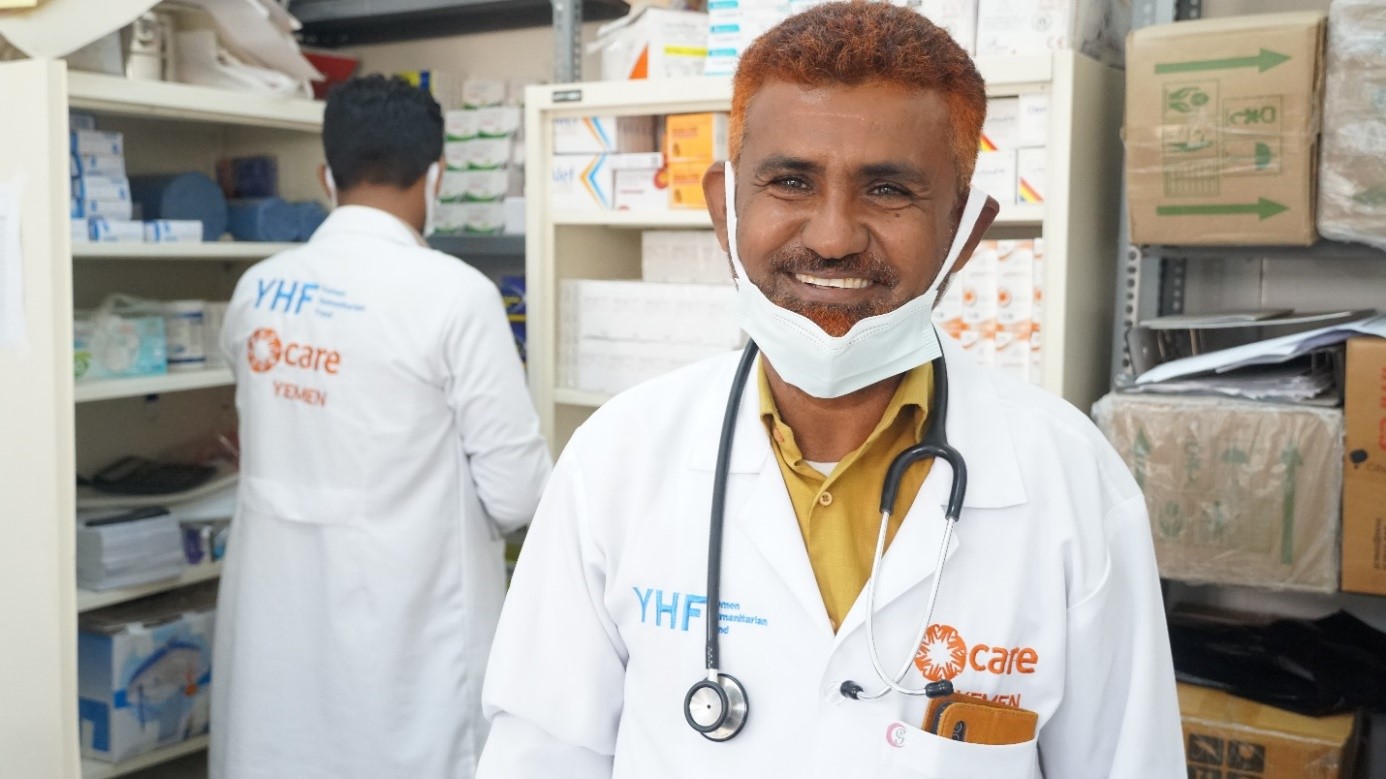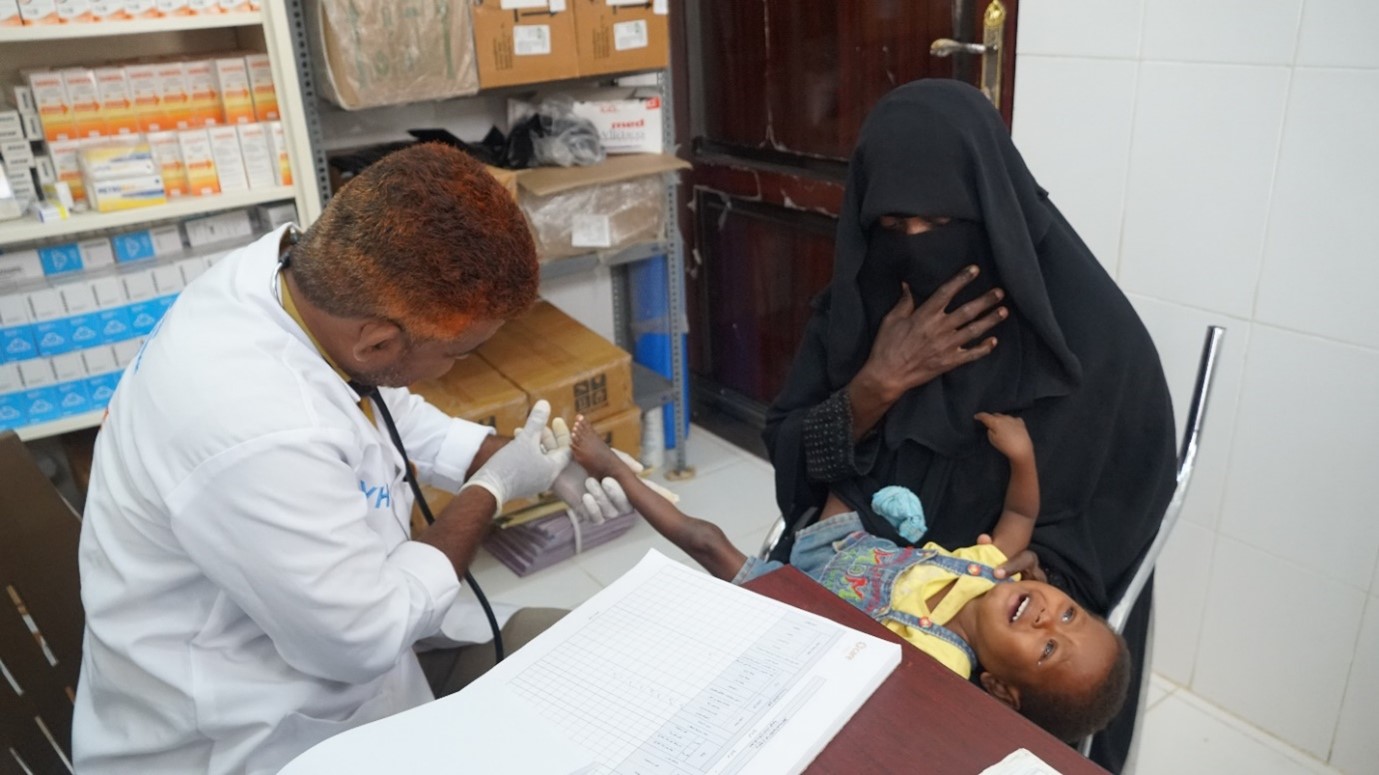More than half of Yemen’s population struggles to access food, safe drinking water, and adequate health services, in a context where only half of the country’s health facilities are fully or partially operational.
Malnutrition among mothers and children remains a major public health humanitarian crisis in Yemen. Approximately 5 million children under the age of five and 2.7 million pregnant and lactating women are in need of integrated life-saving interventions which include meeting critical nutrition needs alongside access to other essential basic services. Nearly half of all Yemeni children under the age of five are currently estimated to be moderately to severely stunted, setting them on a life course where they may not reach their full potential.
Mothers and children, especially in rural areas, face challenges in accessing health services due to the lack of specialized doctors and nurses, insufficient essential medical supplies, and limited access to services, resulting from economic and information barriers. Without easy access to health care and primary health information, young mothers and pregnant women often do not know how to detect, treat, and prevent malnutrition and other life-threatening conditions in their children.
CARE and the Yemen Humanitarian Fund (YHF) scaled up an integrated health response in Khanfar District, Abyan Governorate, to reach more women with awareness and basic health services, increase child screening rates, and improve child survival through early diagnosis of malnutrition.
The response supported health centers in Al-Kood and Kadamat Alsaid Qassem areas in Khanfar with much-needed equipment and medicines. In addition, it supported a mobile clinic and supported and built the capacity of health workers and community health volunteers to conduct awareness-raising and outreach activities.






